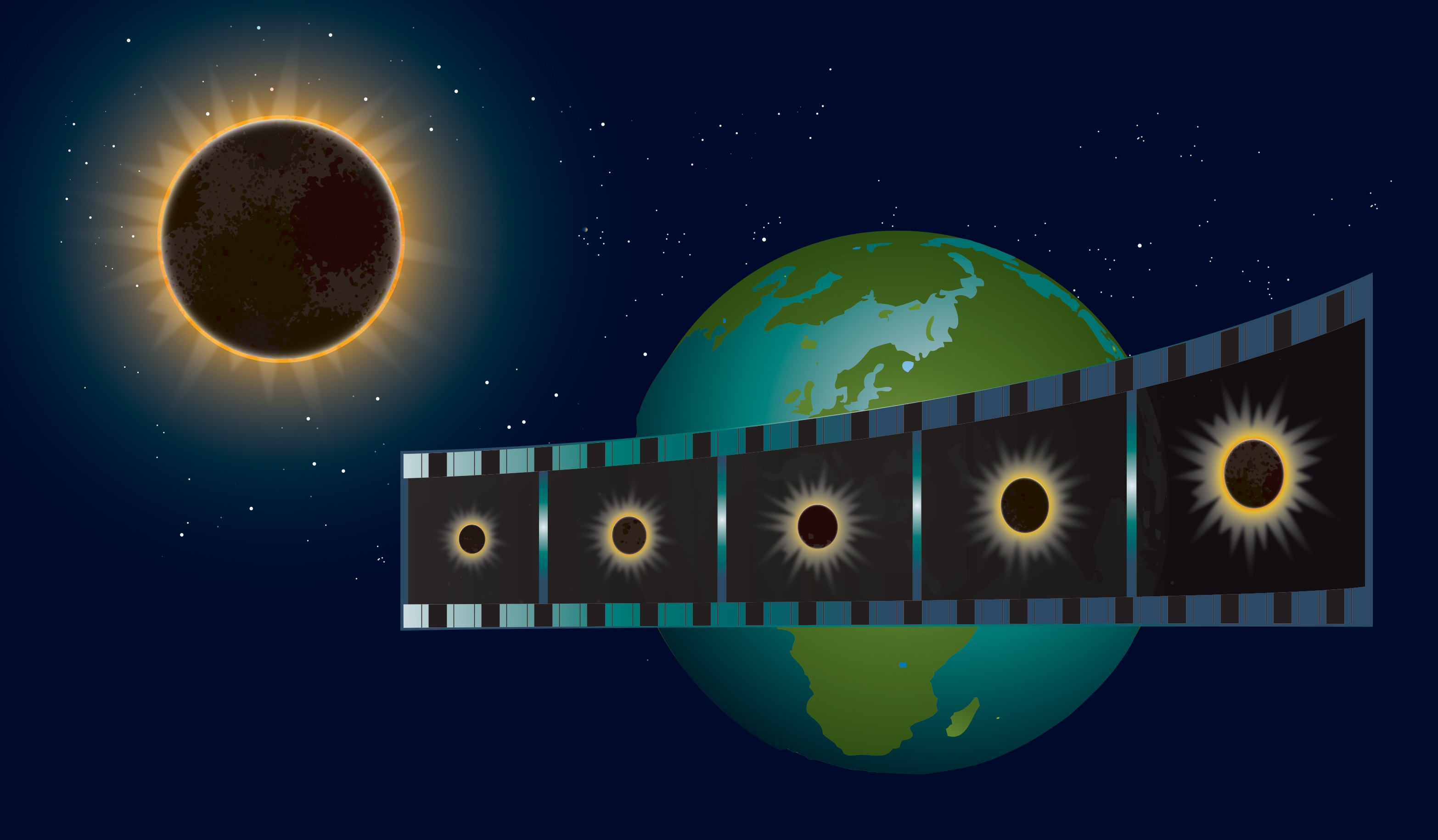
Eclipse Megamovie
Study how the Sun’s plasma plumes and solar jets move and evolve
More Information
Eclipse Megamovie is launching a Kaggle competition on October 1, 2024!
We are calling on Machine Learning coders to help us lay the foundation for future solar science projects dealing with pictures of eclipses to easily categorize huge swaths of photographic data into categories related to solar eclipse phases. Entries are judged based on accuracy, and we have three tiers of prizes for winners. Starting October 1st, more information can be found here: https://www.kaggle.com/competitions/eclipse-megamovie.
Sonoma State University (SSU) and UC Berkeley are continuing to improve the Megamovie, and to mine the image dataset for important scientific findings. Additionally, we are preparing for the 2024 total solar eclipse across the United States. Please stay tuned to join our 2024 Eclipse Megamovie Photo and Machine Learning Teams. We are very excited about the discoveries to come and will continue to post updates to the project on these pages. In the meantime, we invite anyone to explore the full dataset of Megamovie images on Google Cloud Open Datasets (https://console.cloud.google.com/marketplace/details/google-cloud-public-datasets/eclipse-megamovie?pli=1) and let us know what you find!
This first-of-its-kind citizen science project resulted in a collection of tens of thousands of photos submitted by hundreds of volunteers from locations across the United States during and after the August 21, 2017, total solar eclipse. A team at the Space Sciences Laboratory (SSL) at the University of California, Berkeley (UC Berkeley) stitched these images together to give us an extended look at the Sun’s atmosphere. The resulting video was completed in September 2018 by UC Berkeley graduate student Juan Camilo Guevara Gomez with assistance by undergraduate Tushar Singla. It shows a false-color array of images to better highlight interesting features within the Sun’s atmosphere. These images were also spatially aligned using the bright star Regulus, but have yet to be adjusted to the same brightness. For comparison, a team at Google originally started compiling the Megamovie algorithmically on the day of the eclipse, and released their first version within hours after the eclipse traversed the US. Somewhat improved Google versions followed until they released their final Megamovie, v0.8, on October 5, 2017.
Ticket Required: No
Minimum Age: 13
Languages: English
